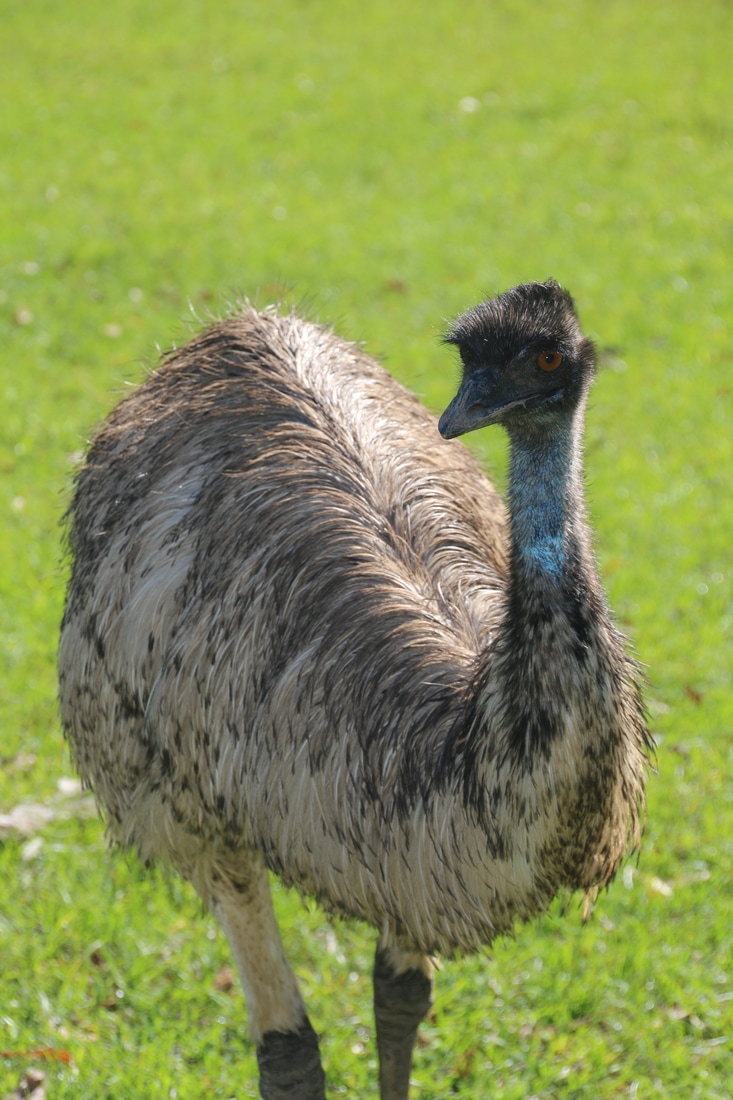About the projectOf the overall numbers of emus, a large proportion occur in the west of Australia. Along the east coast, the emu is no longer common, being known to avoid heavily populated areas and dense forest. Whilst no work has systematically assessed the potential threats to the emu in the east, limited evidence (predominately anecdotal) suggests the main threats are;
Whether these eastern populations are likely to persist is unclear (given the aforementioned threats). The distribution, density and sex ratios of these populations has not been estimated, which is vital for modelling the viability of these populations but also predicting how changes in population dynamics may affect reproductive success and their mating system. Predicting the viability of these populations will inform management strategies and suggest how populations can be manipulated to maintain viable numbers and dynamics. This is what we aim to achieve in this project. EmuSat is a data recording app where citizens and volunteers can record sightings of emus, chicks, nests and found feathers. Click here to open EmuSat |

